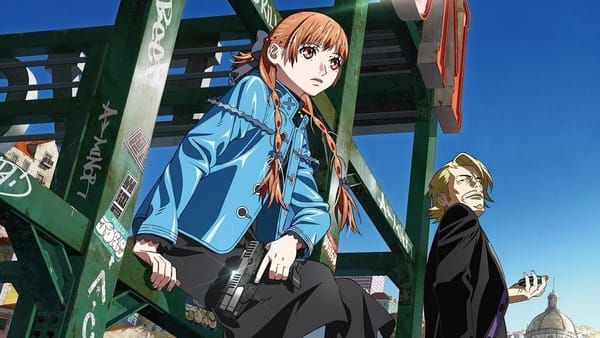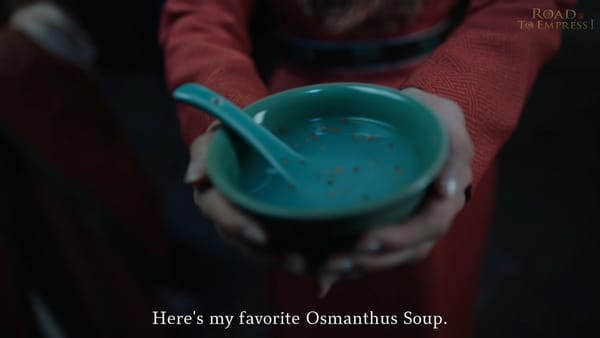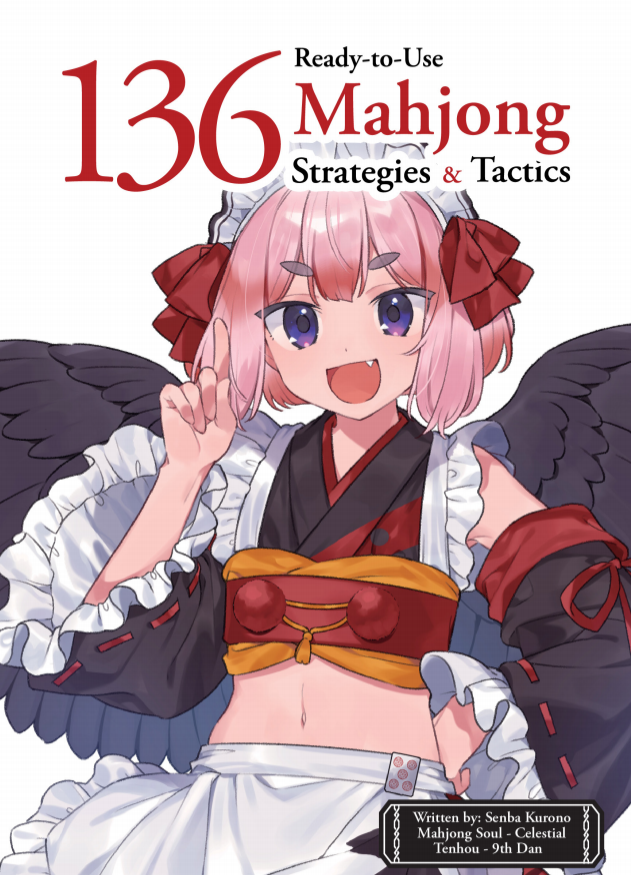Sabikui Bisco: Mushroom Boys in The Funnest Post-Apocalypse
giant friendly crab

I understand if in the current situation you don’t want to deal with anything having to do with a deadly disease and ensuing pandemic. A civilization-destroying pandemic is a major part of the setting of Sabikui Bisco. So if that bothers you a lot, you can stop reading here.
Though I like to think I’m ahead of the curve, I’m probably just out of touch. So when I started watching Sabikui (Rust-Eater) Bisco, I just kind of figured that this would become a new big thing. I assumed that. Me, the guy who hasn’t watched Demon Slayer.
Anyway, Sabikui Bisco should really be a big thing. It’s an old-fashioned adventure whose real star is the wildly creative post-apocalyptic world in which it is set. It’s got cool heroes, crazy action, and a new, bizarre sight every week. Also, the main guys are pretty apparently in love.
In Bisco, Japan is ravaged by deadly “Rust” that spreads on the wind. Catch the Rust and literal rust begins to creep across your skin until you turn to rusted metal and crumble. Tokyo is destroyed, people eke out existences in the boonies, and much of Japan has been reclaimed by nature. Nature has in turn evolved in some pretty interesting ways.
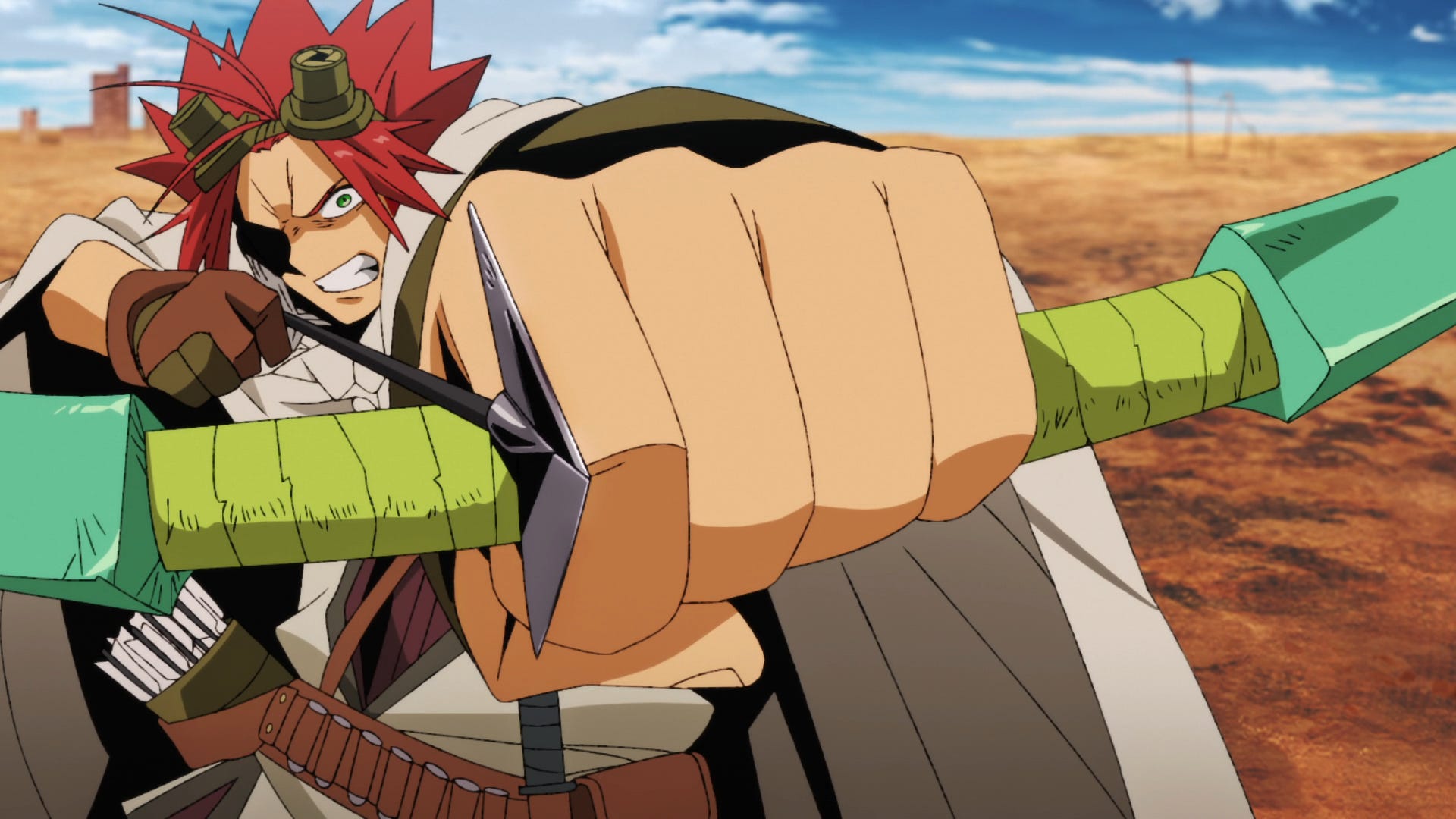
Our heroes are Bisco Akaboshi (named for the biscuit), a hot-blooded young man from a sect of warrior monks called the Mushroom Keepers, and Milo Nekoyanagi (named for the chocolate drink)1, a kind slum doctor who apprentices himself to Bisco. What starts as a quest to find a couple of doses of the Rust’s antidote— the titular Rust-Eater— becomes a battle against nature, corrupt local government, and maybe a couple of kaiju along the way.
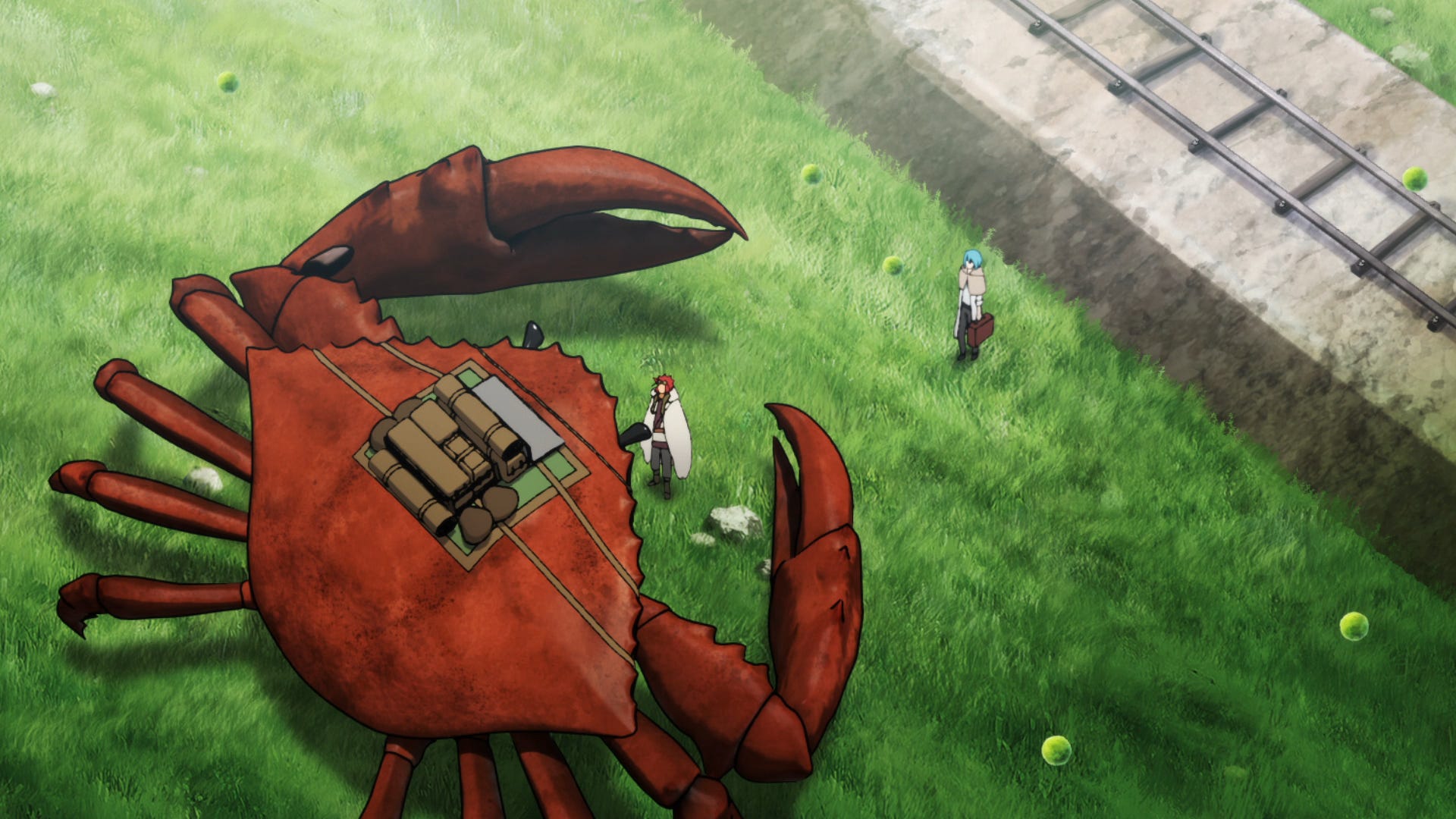
My favorite thing about Bisco is the world setting. This show had me from the moment I saw the giant crab: when I found out the giant crab was a friend of the hero and a regular character, well, I was just elated.
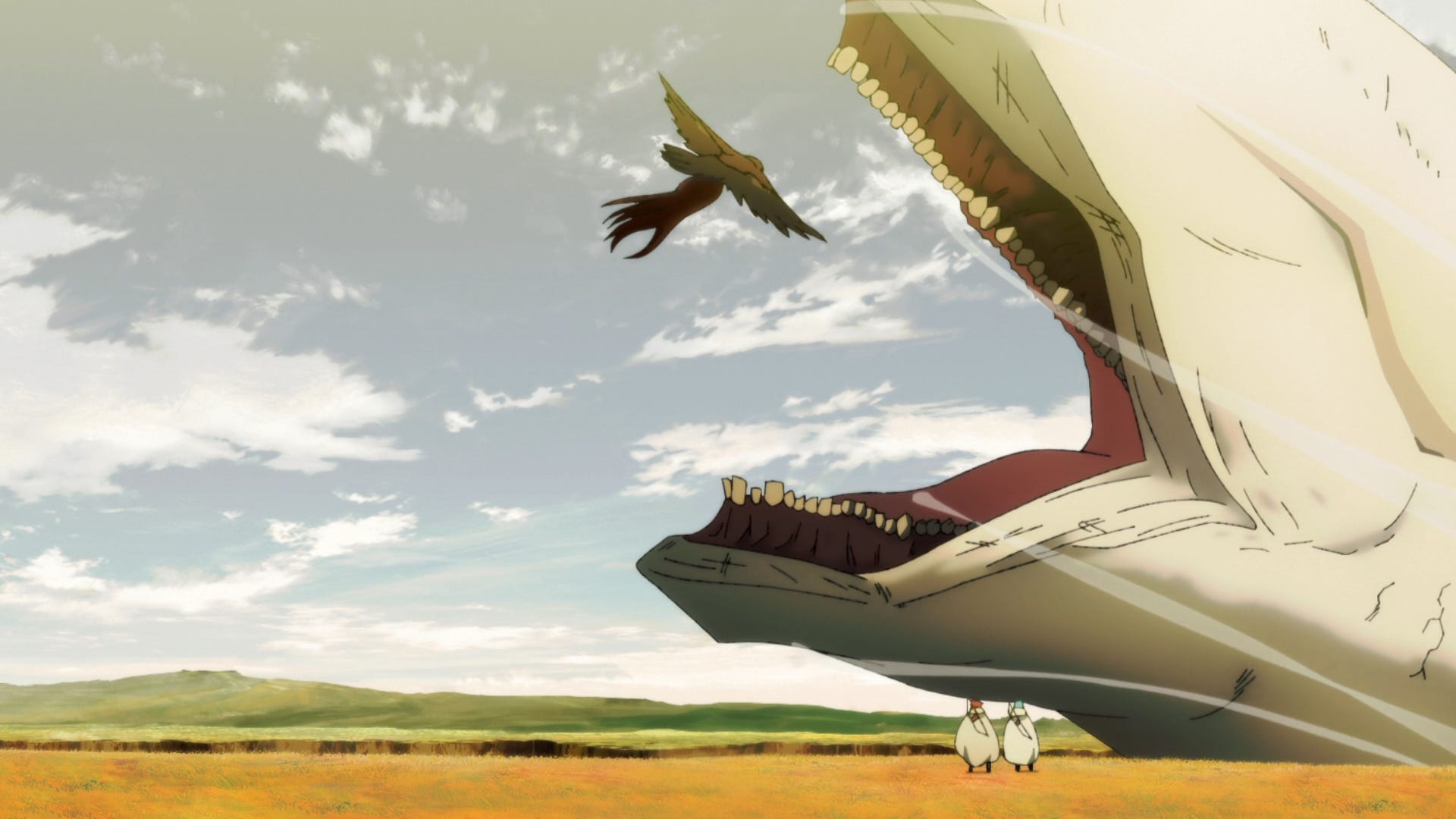
Our heroes spend most of the series exploring and surviving in the wild, but not the wild you or I know. It’s a fantastical wasteland populated with some truly imaginative beasts: I’m personally never going to forget the snake dragon with hundreds of human legs hanging off its body. Though this is indeed a post-apocalyptic story, it’s also got a strong focus on the wonder and beauty of a world that’s moved past humans in ways they might not be able to fathom.
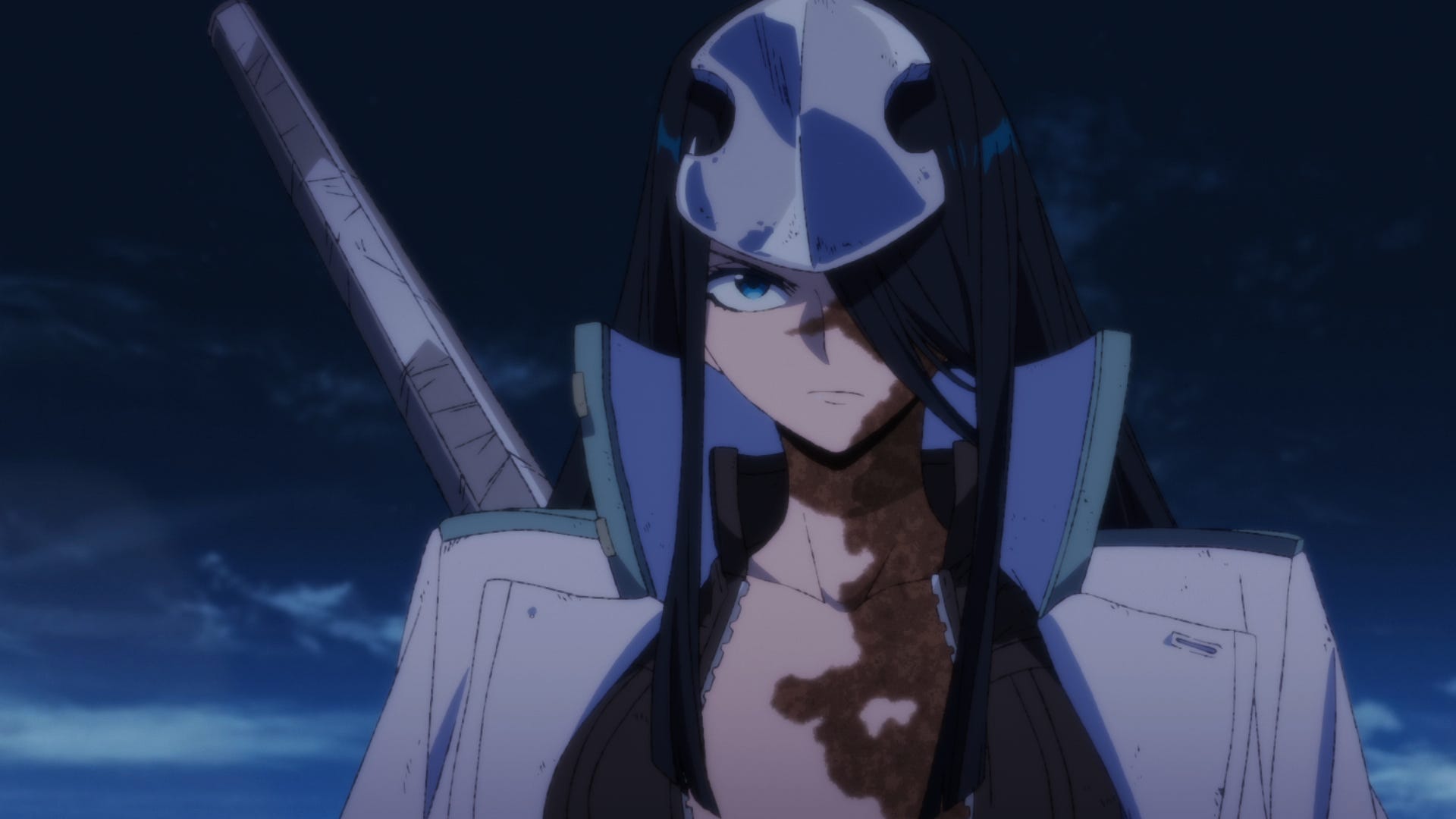
The humans are alright too, though. This whole production gives me a 2000s vibe, from the drum’n’bass to the character designs. Blacksuits in pink bunny masks, a pole-wielding mega-babe on a sick bike, the goofy jellyfish-haired girl in her attack copter: I dunno, these characters give me that 2003 feeling, and I like it.
The action scenes are intense and also deeply weird. Bisco’s primary weapon is a bow and arrow, but really it’s mushrooms: they sprout forth instantly wherever his spore-covered arrow finds its mark. So you’ve got a guy climbing up giant mushrooms, using them as launching pads, taking down a helicopter with a single arrow as the growth of a giant mushroom tears it apart from the inside. (It’s a really good video game idea.) Combine this with the crazy wildlife and occasional military tech, and every week I was wondering what kind of insane scene I would see this time.
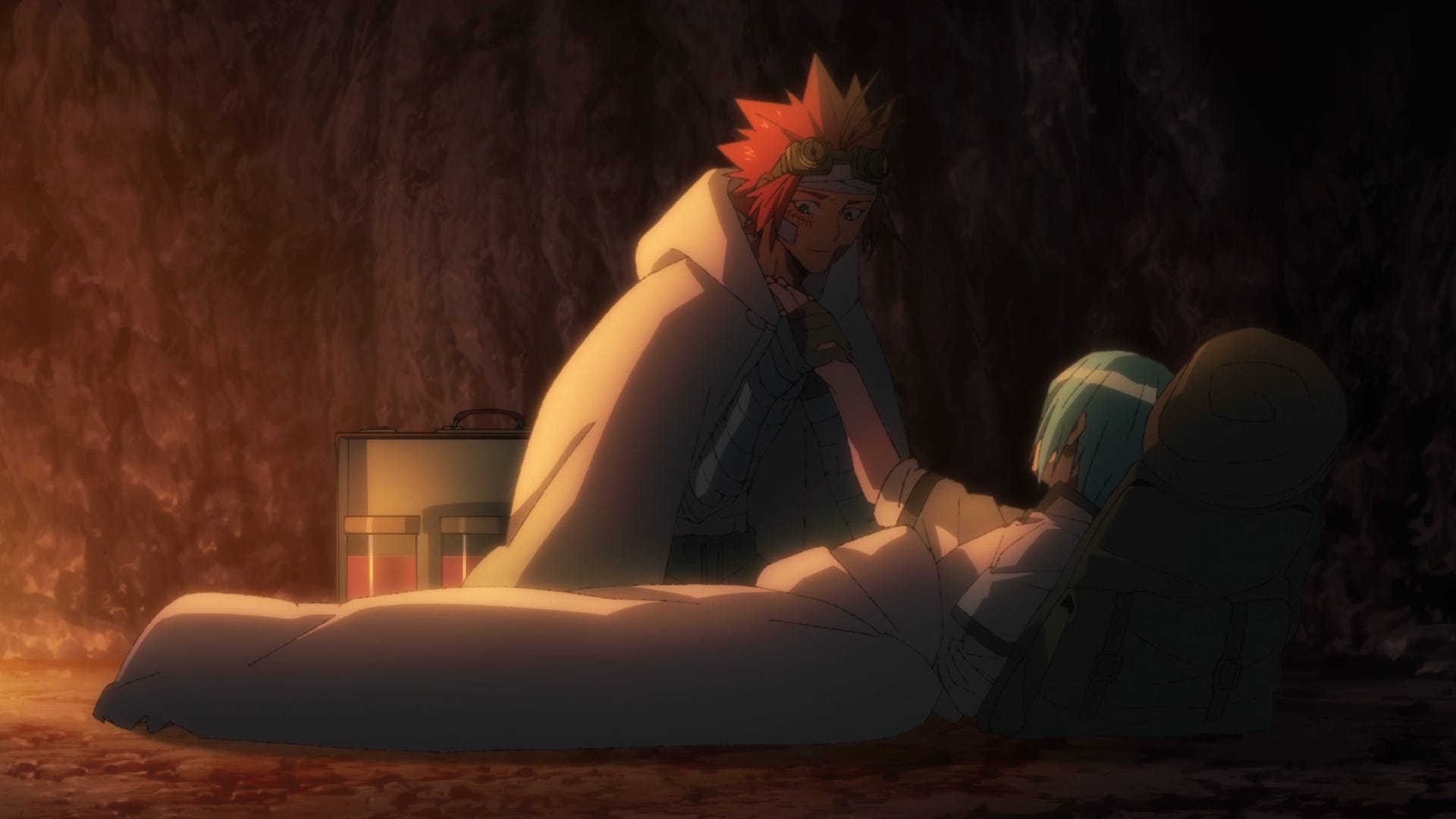
As for the heroes, Bisco is the rough one and Milo is the soft one. You’ve seen this kind of dynamic before; two buddies who the audience is free to imagine are in love, if they’re into that. Thing is, Bisco doesn’t just tease that; it goes there.2 First Bisco and Milo bicker, then they flirt, then they do a duet over the ending theme song. Then they get into all these situations that test their devotion, force them to go to desperate lengths for each other. Before the final battle Milo says hey Bisco, marry my hot sister and we can be together forever. It’s easy to write all this off as subtext3, until the “I love you” comes in.
The original author says this is all about deep platonic love, and I think he’s being diplomatic. Listen, I’m a straight dude who’s got bros. I love my bros; I’ve got no shame in saying it, they’re dear to me. Bisco and Milo; that’s more than bro stuff.
But to say any more about that is to reveal more than I should in a review, and Sabikui Bisco is a thrill ride that you should experience for yourself. The TV series adapts just the first book in the series, but that book is a satisfying self-contained tale with major consequences. It doesn’t happen a lot, particularly with anime based on novels, but I’d love to see a second season of this anime. The boys ride off into the desert in the very end, and I need to see where they end up next.
One of the post-apocalyptic details I really love is the idea that Bisco and Milo’s names are products from the old world, and their commercial slogans like “Delicious, and it makes you strong!” (Bisco) and “Strong kids drink Milo!” (Milo) became the deep meaning behind those names. Here’s a piece about how if money is the religion of modern capitalism, advertising is its prayer. ↩
Our Flag Means Death has been pretty fun so far. ↩
A Crunchyroll commenter remarked on this episode: “You guys are reading too much into this. Naruto loved Sasuke, but he wasn’t gay.” ↩

